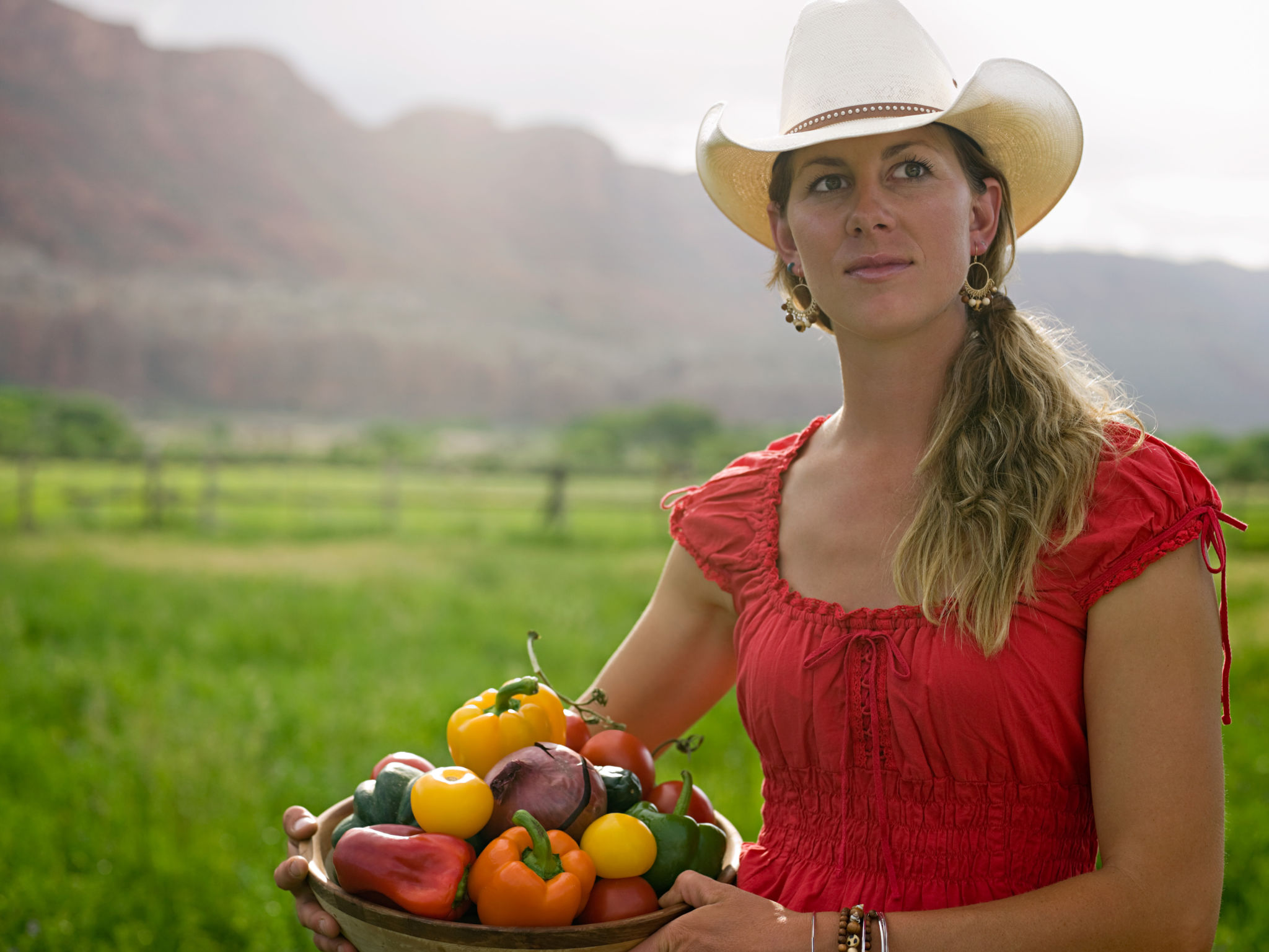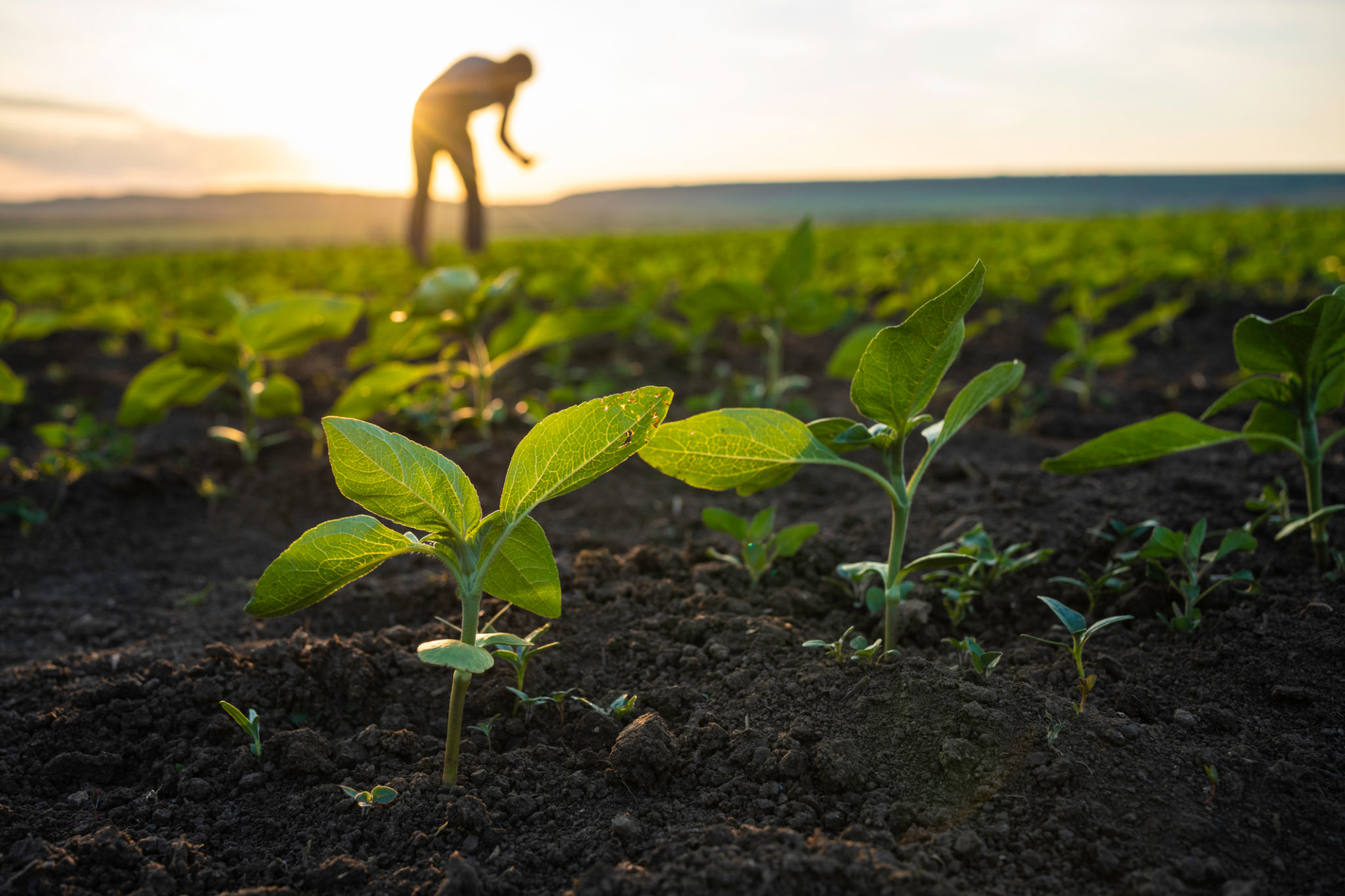Debunking Common Myths About Greenhouse Farming
Understanding Greenhouse Farming
Greenhouse farming has gained significant attention as a sustainable agricultural practice. However, despite its growing popularity, several myths and misconceptions continue to surround this innovative method. In this blog post, we aim to debunk some common myths about greenhouse farming and shed light on the realities of this efficient farming system.

Myth 1: Greenhouse Farming is Only Suitable for Large-Scale Operations
Many believe that greenhouse farming is only viable for large-scale agricultural businesses. This misconception stems from the belief that substantial initial investments are required. In reality, greenhouse farming can be adapted to a variety of scales, from small backyard setups to expansive commercial operations. The key is tailoring the design and technology to fit specific needs and budgets.
Myth 2: Greenhouse Produce Lacks Nutritional Value
Another common myth is that produce grown in greenhouses lacks the nutritional value of field-grown crops. This is not true. The controlled environment within a greenhouse allows for optimal growing conditions, resulting in high-quality fruits and vegetables with excellent nutritional profiles. In fact, the precision with which nutrients can be managed often leads to produce that is just as, if not more, nutritious than traditional crops.

Myth 3: Greenhouses Use Excessive Energy
A prevalent concern is that greenhouses consume excessive energy, making them environmentally unfriendly. While it's true that greenhouses require energy for heating and lighting, advancements in technology have significantly reduced their environmental footprint. Solar panels, energy-efficient lighting systems, and improved insulation are just a few innovations that help minimize energy consumption in modern greenhouses.
Myth 4: Pests and Diseases Cannot Be Managed in Greenhouses
Some argue that greenhouse environments are breeding grounds for pests and diseases due to the enclosed space. However, the opposite is often true. The controlled environment allows farmers to implement Integrated Pest Management (IPM) strategies effectively, reducing the need for chemical pesticides. Additionally, barriers such as insect screens and proper sanitation practices further help in pest and disease control.

Myth 5: Greenhouse Farming is Not Environmentally Friendly
Critics sometimes claim that greenhouse farming harms the environment due to resource use. On the contrary, greenhouse farming can be highly sustainable. It often uses water more efficiently through drip irrigation systems and recycles nutrients through hydroponic or aquaponic systems. These practices significantly reduce water usage and prevent nutrient runoff, which is common in traditional farming.
The Reality: Greenhouse Farming Offers Numerous Benefits
When we look beyond the myths, it's clear that greenhouse farming offers numerous benefits. It allows for year-round production, which increases food security and reduces dependency on imports. Moreover, by producing food closer to urban areas, greenhouse farming reduces transportation emissions and ensures fresher produce reaches consumers.

In conclusion, while myths about greenhouse farming persist, the facts reveal a different story. As technology continues to advance, greenhouse farming will likely play an increasingly vital role in sustainable agriculture. By understanding and debunking these misconceptions, we can better appreciate the potential of this innovative farming method.
